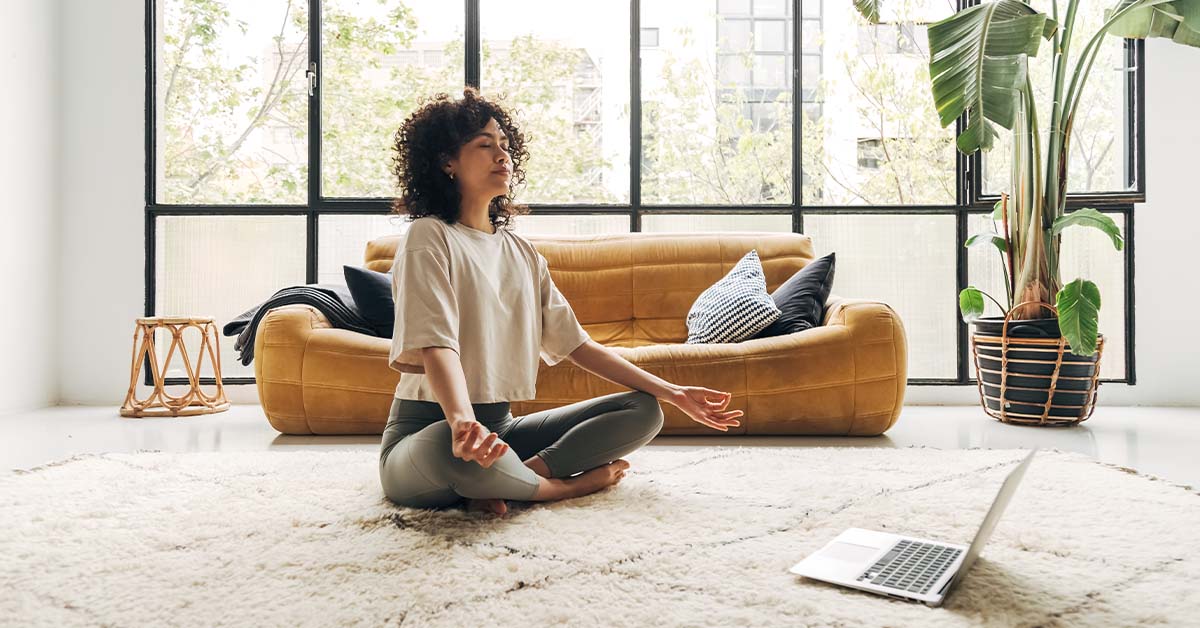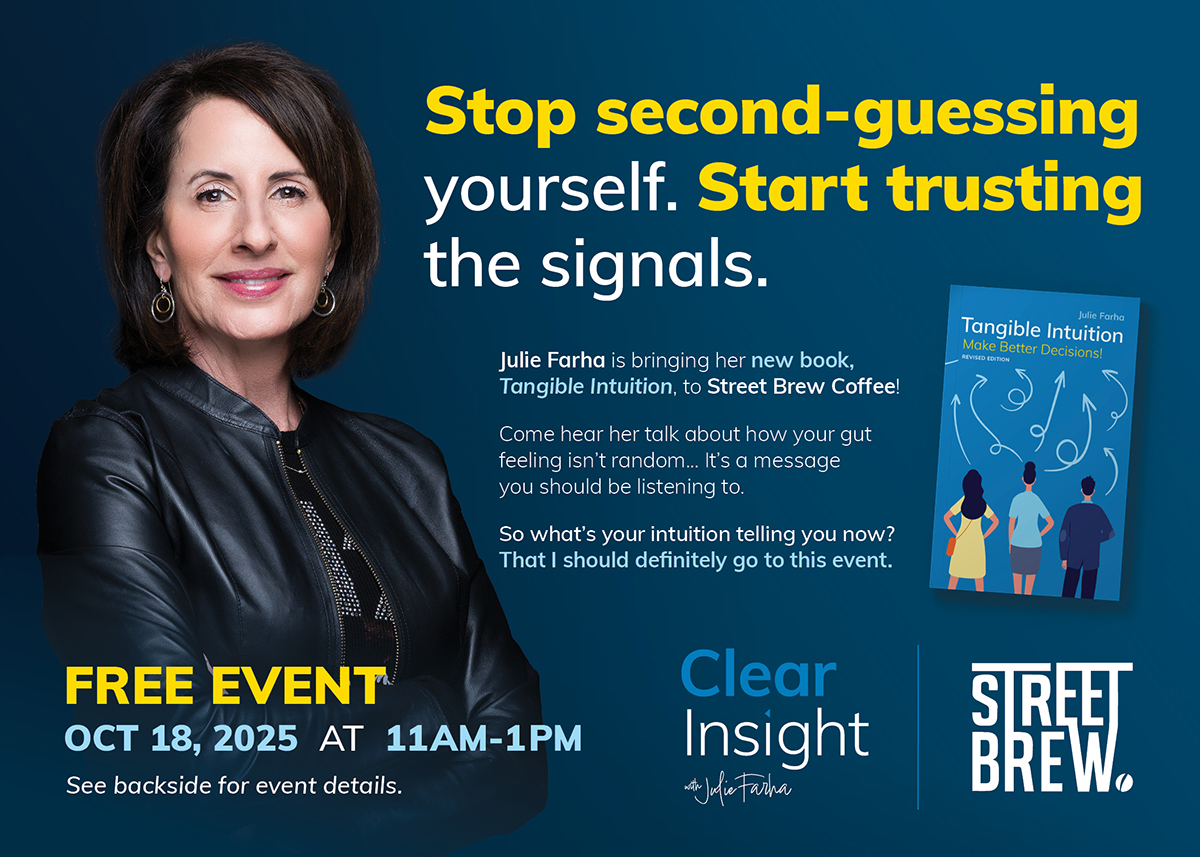For those of you struggling to meditate, you’re not alone
A lot of people struggle with meditation, especially when just starting. If you’ve ever said, “I can’t meditate,” you’re in good company. Here’s the good news for people struggling to meditate: Meditation isn’t about being perfect. It’s about knowing there’s more than one way to quiet your mind and finding what works best for you.
Why meditation feels difficult
The most common reasons people struggle to meditate include:
- Difficulty sitting still
- A restless mind or racing thoughts
- Feeling like they’re doing it “wrong”
- Getting bored or frustrated
If you’ve experienced any of these, know that it’s totally normal. Meditation is a skill—one that improves over time.
Beginner-friendly meditation techniques that work for people struggling to meditate
Don’t give up just yet! If you are struggling to meditate, here are several ways to approach meditation that are perfect for beginners or anyone who feels like traditional methods don’t work:
1. Breath-focused meditation
Focus your attention on your breath—its rhythm, depth, and sensation. Breathe slowly and deeply. If your mind wanders, gently refocus your attention on the breath. Even a few minutes can calm your nervous system and reduce anxiety. That is the practice here… returning to the breath.
2. Candle gazing (Trataka)
Candle gazing (Trataka) can put some into a meditative state and help you enter a meditative mindset. This visual meditation involves focusing your gaze on a candle flame. It engages your eyes and mind, reducing internal distractions. It’s beneficial if closing your eyes increases anxiety.
3. Walking meditation
Walking meditation can be as meditative as sitting. This is as simple as taking a walk or going on a hike in nature. Meditation doesn’t have to be sitting in a room alone for an hour. You can achieve desired results by moving your body in nature.
Focus on the sensation of your feet touching the ground, your breathing, or the sights around you. This is an excellent option for individuals who struggle to meditate or have difficulty sitting still.
4. Guided meditation
Use a meditation app or YouTube video where someone guides you through the process. Hearing a calming voice gives your mind something to follow, making the experience feel more accessible.
5. Sit quietly while listening to music (binaural beats)
Listening to binaural beats can help shift your brain into a more relaxed, meditative state. Use headphones and find a track that suits your mood—many apps and platforms offer free options.
When searching for binaural beats, you can look for them by issue or frequency. Search YouTube or a music app and type in “binaural beats for meditation” or other words like anxiety, grounding, connecting to your Higher Self, opening your heart, building confidence, increasing self-worth and releasing anger. Or you can search by frequency. Below is the Solfeggio scale for reference:
Solfeggio scale
396 Hz
Liberating Guilt and Fear
417 Hz
Facilitating Change
528 Hz
Transformation and Miracles
639 Hz
Connecting/Relationships
741 Hz
Expression/Solutions
852 Hz
Returning to Spiritual Order
963 Hz
Awaken Crown, Spirit
There is no right or wrong way to meditate and there are no hard and fast rules, only what is right for you and what gets you into that zone.
Change your definition of meditation
There is no right or wrong way to meditate, and there are no hard and fast rules – only what is right for you and what helps you enter that zone. Sometimes, if I lie down for a 20-minute nap, it turns into a more meditative trance. I see images, receive information, and feel my energy change and reset. My more formal routine consists of sitting on my bed in the evening with an eye mask on, typically accompanied by binaural beats, and occasionally in silence. I sit there in a zone until I come out of it on my own. For me, it is usually 30-40 minutes.
Try a few things and find what works for you. As you make this a habit, you will look forward to it every day. Set goals if you want, but don’t judge the method or time you meditate. Even 10 minutes is beneficial. Build on that if it suits you. Keep a notepad nearby to write down any information you may receive. And if you don’t receive any, that is fine too! Record any changes you notice within yourself and your life as you meditate regularly.
When you are struggling to meditate, remind yourself that this isn’t a magical process. It’s simply you, sitting with yourself, allowing whatever you experience to unfold without judgment or attachment. Life is busy and full of external noise. Give yourself the gift of going within and tuning it all out.
Meditation tips for restless minds
Remember: Meditation isn’t about forcing your thoughts to stop. It’s about observing them without judgment and gently returning your attention to the present moment. Even if your mind wanders every few seconds, you’re still meditating.
- Start with just 1–5 minutes a day.
- Use a timer with gentle sounds.
- Try meditating at different times of the day.
- Don’t strive for perfection—strive for consistency.
- Celebrate effort over results.
You’re not failing—you’re learning
Even the most experienced meditators occasionally experience “off” days and struggle to meditate. What matters is returning to the practice repeatedly. You don’t have to clear your mind or sit cross-legged in silence for an hour. Just pick one technique, try it for a few minutes, and notice how you feel. With practice, meditation becomes something you look forward to, not something you dread.
The more you practice meditation, the easier it becomes.
Still struggling to meditate and want one-on-one help?
Check out my consultations page to learn more about how I can help you live a clear, calm and confident life.




